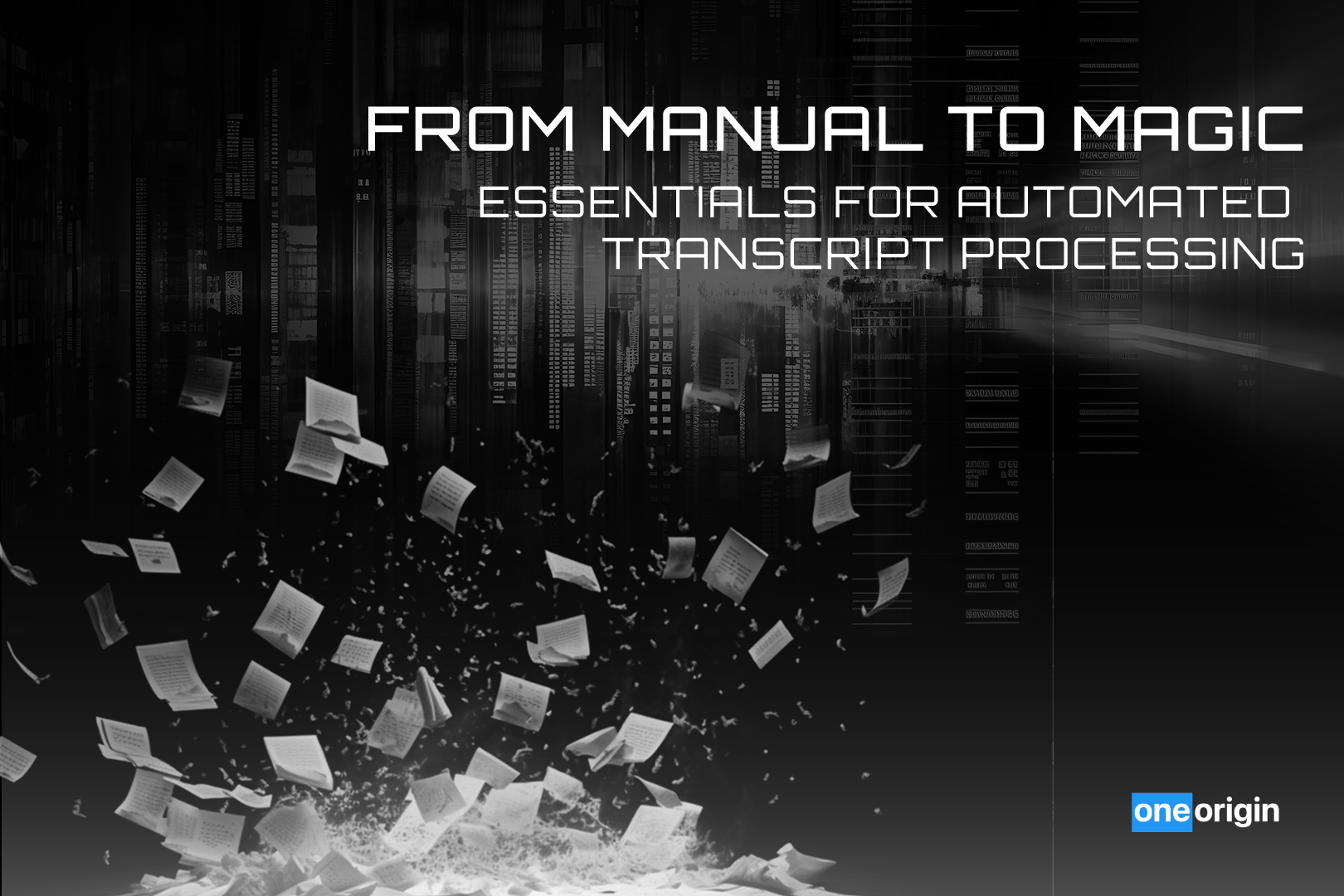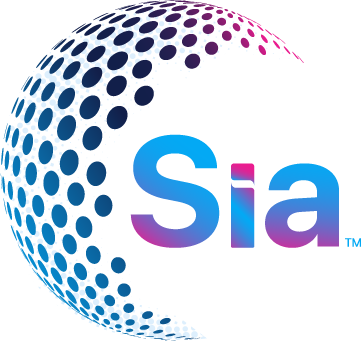From Manual to Magic: Essentials for Automated Transcript Processing

From Manual to Magic: Essentials for Automated Transcript Processing

In higher education, the transition from manual processes to automation has transformed various operations, with transcript processing being a prime example. This evolution, driven by AI and advanced technologies, promises efficiency, accuracy, and improved student experiences. But how does this shift impact college enrollment and higher education administration? Let’s explore the essentials of automated transcript processing and its significant benefits to universities, enrollment teams, and registrars.
For decades, universities have relied on manual methods for processing transcripts. This approach typically involved a labor-intensive process where staff manually reviewed, verified, and recorded student information. While effective in its time, this method was fraught with challenges such as human errors, delays, and high operational costs. In today’s fast-paced educational environment, these limitations can hinder a university’s ability to efficiently manage enrollments and maintain competitiveness.
Why is there a need for change in higher education?
With increasing pressure to enhance operations and student satisfaction, manual transcript processing causes delays and inefficiencies. AI automation is a revolutionary solution for modern transcript handling.
What is Automated Transcript Processing?
Automated transcript processing uses AI to handle tasks like collecting, verifying, and recording transcript data. It scans and interprets transcripts, extracts key information, and updates university databases, speeding up the process and improving accuracy with minimal human input.
Transforming Admissions Efficiency with Airr – AI-powered Rapid Transcript Processor
Airr redefines transcript processing in university admissions by using advanced algorithms to scan, read, and record transcript data with precision. This system slashes manual work and minimizes errors, turning a traditionally weeks-long verification process into a task completed in just hours.
Seamlessly integrating with university digital systems, Airr ensures efficient transitions, maintaining high standards of data privacy and security. Its user-friendly design boosts staff productivity by allowing a focus on student engagement and strategy. Scalable to handle high volumes, Airr positions universities at the forefront of technology, appealing to tech-savvy applicants and setting new standards in admissions efficiency.
How will this be valuable to your institution?
- Cut transcript evaluation time by 95%, speeding up admissions decisions.
- Enhance accuracy and consistency by 99%, minimizing errors in transcript processing.
- Expand scalability by 70%, effectively handling higher volumes of applications.
Airr ensures robust Security & Compliance by implementing minimal data retention to protect privacy, enforcing strict data ownership with user consent for sharing, and adhering to compliance standards that enhance AI accuracy. The system requires verified .edu emails for secure access, employs end-to-end encryption and strict access controls for advanced data security, and maintains rigorous oversight to ensure data integrity. These measures collectively safeguard user data while supporting efficient and secure transcript processing.
Higher education is being revolutionized by automated transcript processing, which uses AI-driven systems like Airr to replace obsolete manual procedures. With the help of this change, institutions may manage large application volumes more effectively by accelerating admissions, improving accuracy, and cutting operating expenses. These technologies, which have strong security safeguards in place to safeguard data integrity and privacy, put universities in an advantageous position to attract and retain a competitive student demographic.





